Home>Gardening & Outdoor>Landscaping Ideas>How To Kill Japanese Grass
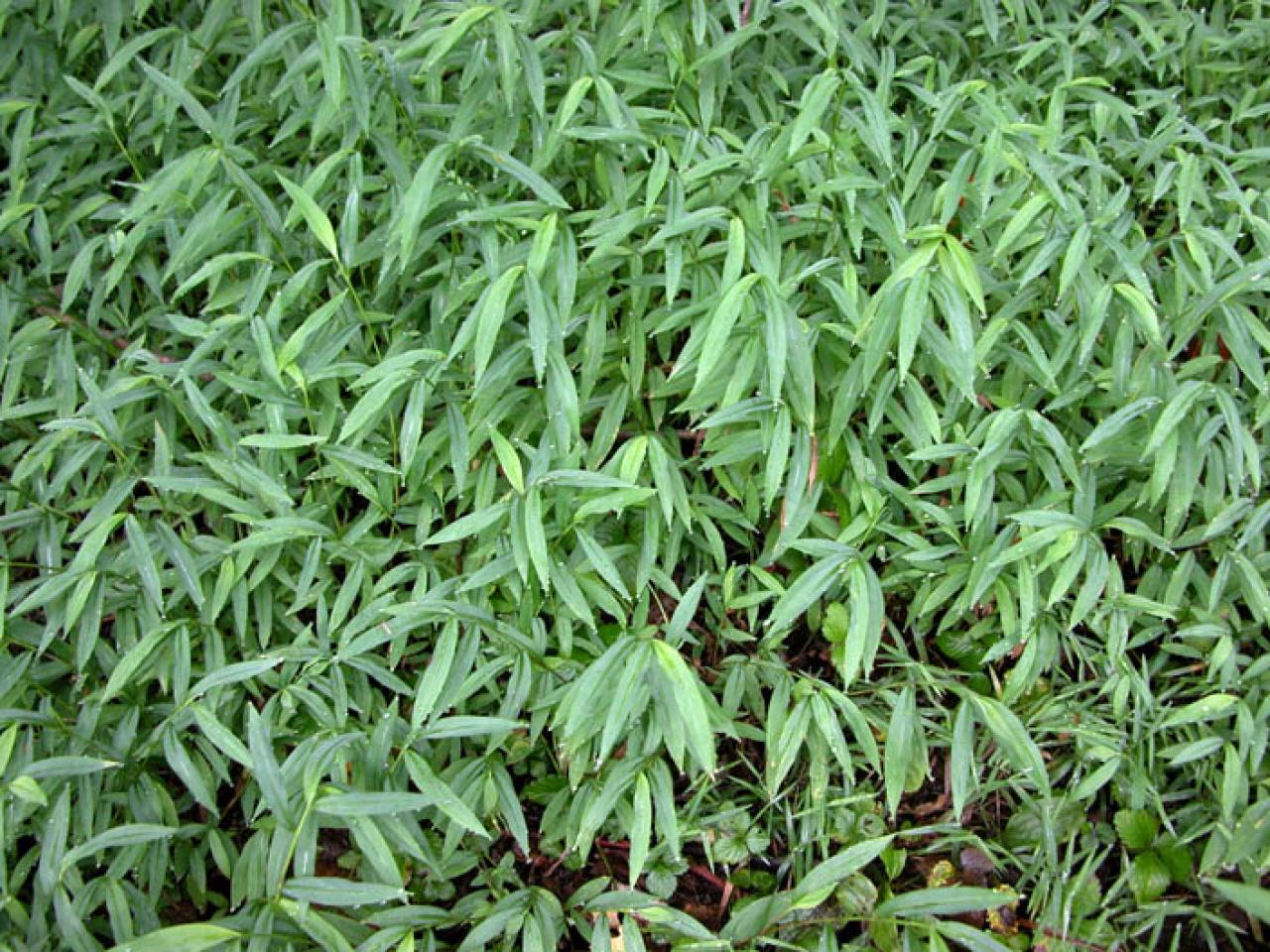

Landscaping Ideas
How To Kill Japanese Grass
Published: January 25, 2024
Learn effective landscaping ideas to kill Japanese grass and reclaim your yard. Discover expert tips and techniques for a beautiful, weed-free lawn.
(Many of the links in this article redirect to a specific reviewed product. Your purchase of these products through affiliate links helps to generate commission for Storables.com, at no extra cost. Learn more)
Introduction
Welcome to the battle against Japanese grass, a formidable foe for homeowners and landscapers alike. This invasive species, also known as Japanese stiltgrass or Microstegium vimineum, can quickly take over lawns, gardens, and natural areas, outcompeting native plants and disrupting ecosystems. Its resilient nature and rapid spread make it a persistent challenge for anyone seeking to maintain a healthy and vibrant landscape.
In this comprehensive guide, we will delve into the characteristics of Japanese grass, explore various methods for eradicating it, and discuss preventive measures to curb its resurgence. Whether you’re a seasoned gardener, a landscaping enthusiast, or someone grappling with the sudden appearance of Japanese grass, this article will equip you with the knowledge and strategies needed to effectively combat this unwelcome intruder.
Key Takeaways:
- Battle Japanese grass with a mix of chemical herbicides, natural remedies, and manual removal. Choose the best method for your landscape to combat this invasive species effectively.
- Prevent Japanese grass from taking over by maintaining healthy vegetation, vigilant monitoring, and community awareness. Stop the invasion and preserve your landscape’s natural beauty.
Read more: How To Kill Crabgrass
Understanding Japanese Grass
Japanese grass, scientifically known as Microstegium vimineum, is an aggressive, fast-spreading annual grass that originated in Asia. It thrives in a variety of environments, from shaded woodlands to sunny open fields, making it a versatile and resilient adversary. This invasive species is characterized by its distinctive bamboo-like appearance, with slender stems and lance-shaped leaves that taper to a point. The plant’s ability to produce a high volume of seeds and its efficient dispersal mechanisms contribute to its rapid colonization of new areas.
Japanese grass is adept at outcompeting native flora due to its prolific seed production, rapid growth, and efficient nutrient utilization. Its shallow root system allows it to quickly establish itself in diverse soil types, further enhancing its capacity to dominate landscapes. Furthermore, the grass’s allelopathic properties, which enable it to release chemicals that inhibit the growth of other plants, provide a competitive advantage in its quest for dominance.
Recognizing Japanese grass is crucial for effective eradication. Its characteristic appearance, rapid spread, and preference for shaded, moist environments distinguish it from other grass species. By understanding its growth patterns and environmental preferences, homeowners and landscapers can develop targeted strategies to combat its encroachment and prevent its proliferation.
Methods for Killing Japanese Grass
When confronting the relentless advance of Japanese grass, employing a multifaceted approach is often the most effective strategy. Combining chemical herbicides, natural remedies, and manual removal techniques can provide a comprehensive solution to eradicate this invasive species. Each method offers distinct advantages and considerations, allowing individuals to choose the approach that best aligns with their preferences and environmental concerns.
Chemical herbicides, natural remedies, and manual removal techniques can all be effective in combating Japanese grass. Chemical herbicides, such as glyphosate-based products, offer a potent and targeted means of eradicating Japanese grass. These herbicides work by disrupting the plant’s metabolic processes, ultimately leading to its demise. However, it is essential to use these products judiciously, following safety guidelines and considering their potential impact on surrounding vegetation and ecosystems.
Natural remedies, including the use of organic herbicidal solutions and mulching techniques, provide environmentally friendly alternatives to chemical interventions. Organic herbicides derived from natural compounds can effectively suppress Japanese grass while minimizing harm to beneficial plants and wildlife. Additionally, mulching with materials such as cardboard or newspaper can smother the grass and impede its growth, offering a sustainable and non-toxic approach to control its spread.
Manual removal, though labor-intensive, can be a highly targeted and precise method for eliminating Japanese grass. By carefully uprooting the grass and its shallow root system, individuals can effectively reduce its presence in specific areas. This method is particularly beneficial for small-scale infestations and areas where chemical or natural remedies may not be suitable.
By integrating these methods, individuals can develop a customized and effective plan for eradicating Japanese grass from their landscapes. Each approach offers unique benefits and considerations, allowing for a tailored strategy that aligns with environmental stewardship and the preservation of native flora.
Chemical Herbicides
Chemical herbicides are a powerful tool in the battle against Japanese grass. Glyphosate-based herbicides, such as Roundup, have been widely used to combat invasive plant species due to their effectiveness in targeting unwanted vegetation. When applied according to the manufacturer’s instructions, glyphosate can effectively control Japanese grass by disrupting its vital metabolic processes, ultimately leading to its demise.
When using chemical herbicides, it is crucial to prioritize safety and environmental considerations. Careful application is essential to minimize the impact on non-target plants and wildlife. Additionally, individuals should be mindful of local regulations and guidelines regarding the use of herbicidal products to ensure compliance with legal requirements and environmental stewardship.
Before applying chemical herbicides, it is advisable to assess the extent of the Japanese grass infestation and identify the most suitable application method. Spot treatments can be employed for localized infestations, minimizing the herbicide’s impact on non-target vegetation. In contrast, broadcast applications may be necessary for larger areas heavily colonized by Japanese grass.
Furthermore, individuals should consider the potential persistence of chemical herbicides in the soil and their impact on soil microbiota. Understanding the herbicide’s residual activity and its potential effects on soil health is critical for making informed decisions and mitigating unintended consequences.
When using chemical herbicides to combat Japanese grass, it is essential to approach their application with caution and environmental mindfulness. By following best practices and considering the broader ecological implications, individuals can harness the power of chemical herbicides to effectively manage invasive vegetation while safeguarding the integrity of their landscapes.
To kill Japanese grass, apply a selective herbicide labeled for use on grassy weeds. Follow the instructions carefully and apply during the recommended time for best results.
Natural Remedies
For individuals seeking environmentally friendly alternatives to chemical herbicides, natural remedies offer effective and sustainable methods for controlling Japanese grass. Organic herbicidal solutions derived from natural compounds, such as acetic acid or citrus-based extracts, can provide a non-toxic means of suppressing the growth of invasive vegetation. These natural herbicides, when applied judiciously, can inhibit the proliferation of Japanese grass while minimizing harm to beneficial plants and wildlife.
Additionally, mulching techniques utilizing organic materials present a natural and biodegradable approach to impede the spread of Japanese grass. Applying layers of cardboard, newspaper, or organic mulch can effectively smother the grass, depriving it of light and impeding its growth. This method not only suppresses the invasive grass but also enriches the soil as the organic mulch decomposes, contributing to the overall health and fertility of the landscape.
Complementing natural herbicidal solutions and mulching, cultural practices such as promoting healthy soil and fostering diverse plant communities can fortify the landscape against the encroachment of Japanese grass. Enhancing soil health through organic amendments and promoting a diverse array of native plants can create an environment that is less conducive to the establishment and spread of invasive species.
Embracing natural remedies for Japanese grass management aligns with principles of environmental stewardship and sustainable landscaping. By integrating organic herbicidal solutions, mulching techniques, and cultural practices, individuals can effectively suppress the growth of invasive vegetation while nurturing a resilient and biodiverse landscape.
Manual Removal
Manual removal is a labor-intensive yet highly targeted method for combating Japanese grass infestations. This approach involves physically uprooting the grass and its shallow root system, effectively reducing its presence in specific areas. Manual removal is particularly beneficial for small-scale infestations, delicate ecosystems, and areas where chemical or natural remedies may not be suitable.
When undertaking manual removal, it is essential to employ thorough and meticulous techniques to ensure the effective eradication of Japanese grass. Careful hand-pulling or the use of hand tools, such as trowels or weeders, can facilitate the precise extraction of the grass while minimizing disturbance to surrounding vegetation and soil. This method allows individuals to selectively target the invasive grass without impacting desirable plants and native flora.
Furthermore, consistent monitoring and follow-up removal efforts are crucial to prevent the reestablishment of Japanese grass. By diligently inspecting the treated areas and promptly addressing any regrowth, individuals can maintain the efficacy of manual removal and gradually diminish the presence of the invasive species.
Manual removal presents an opportunity for individuals to actively engage with their landscapes and contribute to the preservation of native biodiversity. While labor-intensive, this method offers a hands-on approach to invasive species management, fostering a deeper connection to the natural environment and the stewardship of healthy ecosystems.
Preventing Japanese Grass Growth
Prevention plays a pivotal role in managing the proliferation of Japanese grass and safeguarding landscapes from its invasive encroachment. Implementing proactive measures to prevent the establishment and spread of this resilient species is essential for preserving the ecological balance and promoting the vitality of native flora.
One fundamental approach to preventing Japanese grass growth is to maintain healthy and robust vegetation in the landscape. By fostering dense and diverse plant communities, individuals can create an environment that is less susceptible to the colonization of invasive species. Promoting the growth of native plants and cultivating a balanced ecosystem can fortify the landscape against the incursion of Japanese grass.
Furthermore, practicing vigilant monitoring and early intervention is critical for detecting and addressing potential incursions of Japanese grass. Regularly inspecting the landscape for signs of invasive grass and promptly implementing control measures can prevent the establishment of widespread infestations, minimizing the impact on native ecosystems.
Integrating preventive strategies, such as the establishment of physical barriers and landscape design considerations, can also impede the spread of Japanese grass. Creating natural barriers using hardscaping elements or strategic plantings can limit the grass’s ability to infiltrate sensitive areas, effectively mitigating its expansion and preserving the integrity of the landscape.
Education and awareness initiatives within the community can further contribute to the prevention of Japanese grass growth. By raising awareness about the threat posed by invasive species and promoting responsible landscaping practices, individuals can collectively work towards mitigating the impact of Japanese grass and fostering a shared commitment to environmental stewardship.
By embracing preventive measures and promoting a proactive approach to landscape management, individuals can play a pivotal role in curbing the proliferation of Japanese grass, safeguarding native ecosystems, and nurturing thriving and resilient landscapes.
Conclusion
In the relentless battle against Japanese grass, arming oneself with knowledge and a diverse array of strategies is paramount. This invasive species, with its rapid spread and competitive edge, poses a formidable challenge to homeowners and landscapers alike. However, by understanding its characteristics and implementing targeted eradication methods, individuals can effectively combat its encroachment and preserve the integrity of their landscapes.
Chemical herbicides, natural remedies, and manual removal techniques each offer distinct advantages and considerations for addressing Japanese grass infestations. Whether opting for the precision of manual removal, the potency of chemical herbicides, or the sustainability of natural remedies, individuals can tailor their approach to align with environmental stewardship and the preservation of native flora.
Furthermore, preventing the growth and spread of Japanese grass through proactive landscape management and community engagement is essential for curbing its encroachment and safeguarding the ecological balance. By fostering healthy plant communities, practicing vigilant monitoring, and promoting responsible landscaping practices, individuals can fortify their landscapes against the incursion of invasive species.
Ultimately, the battle against Japanese grass is a testament to the resilience and determination of those dedicated to preserving the natural beauty and biodiversity of their landscapes. By integrating knowledge, strategic interventions, and a commitment to environmental stewardship, individuals can effectively manage Japanese grass infestations and cultivate thriving and resilient ecosystems for generations to come.
Frequently Asked Questions about How To Kill Japanese Grass
Was this page helpful?
At Storables.com, we guarantee accurate and reliable information. Our content, validated by Expert Board Contributors, is crafted following stringent Editorial Policies. We're committed to providing you with well-researched, expert-backed insights for all your informational needs.
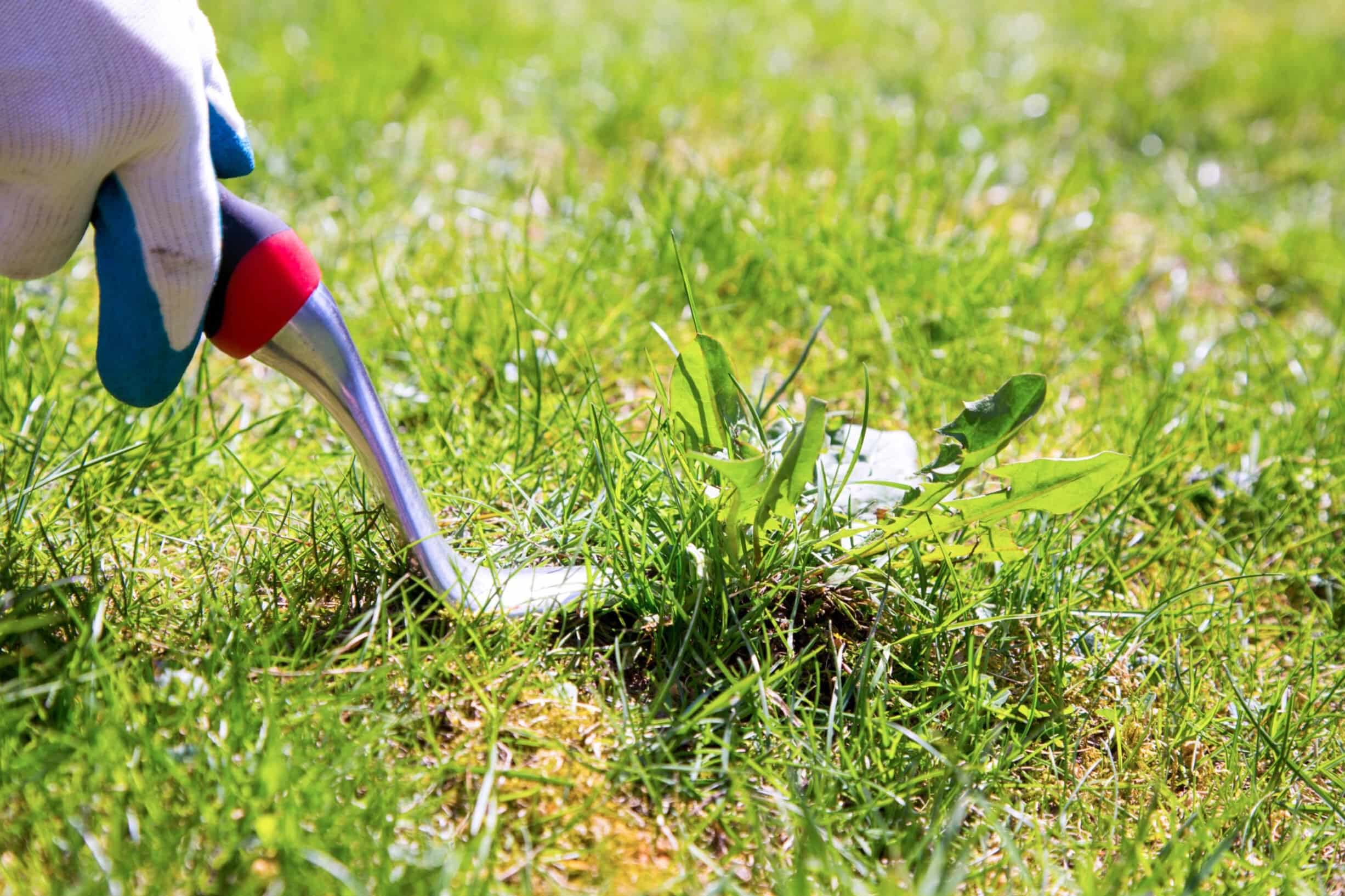
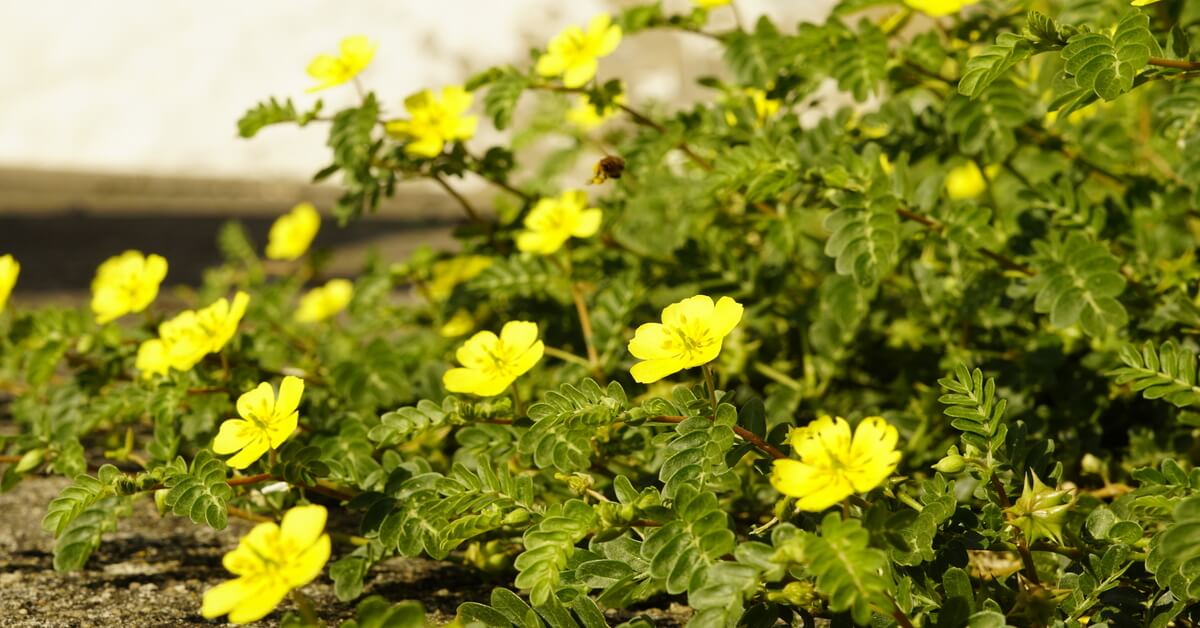
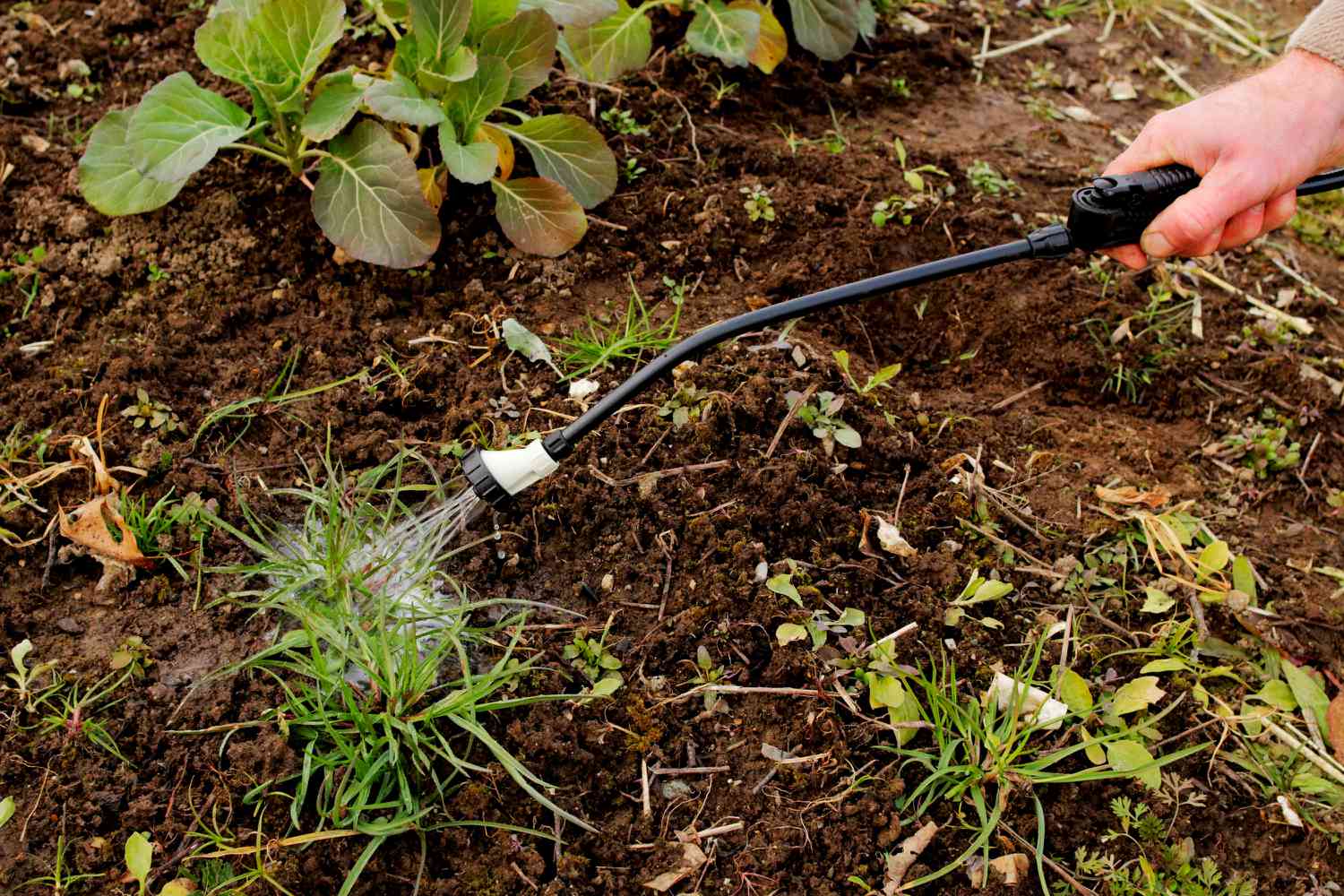
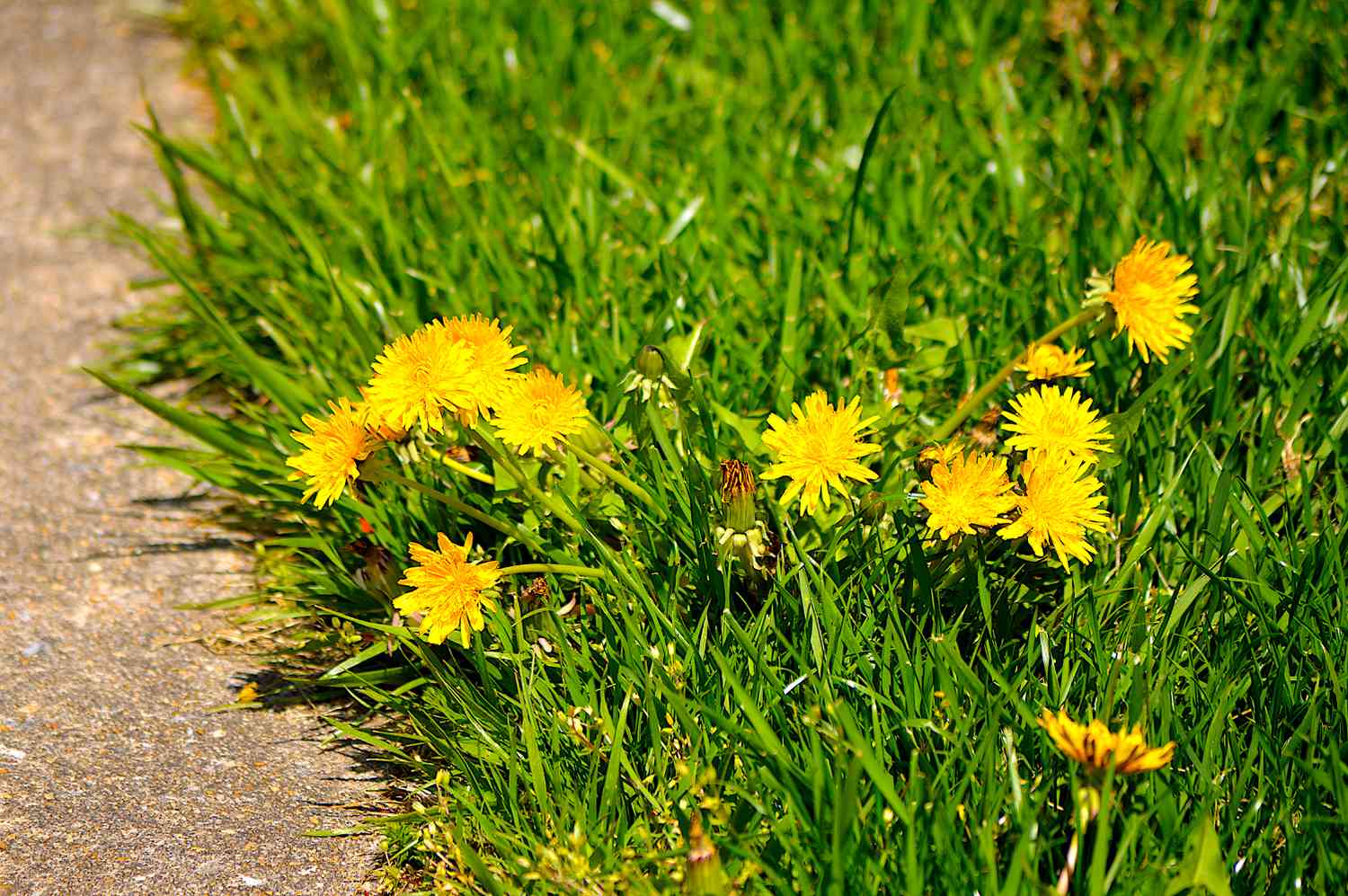
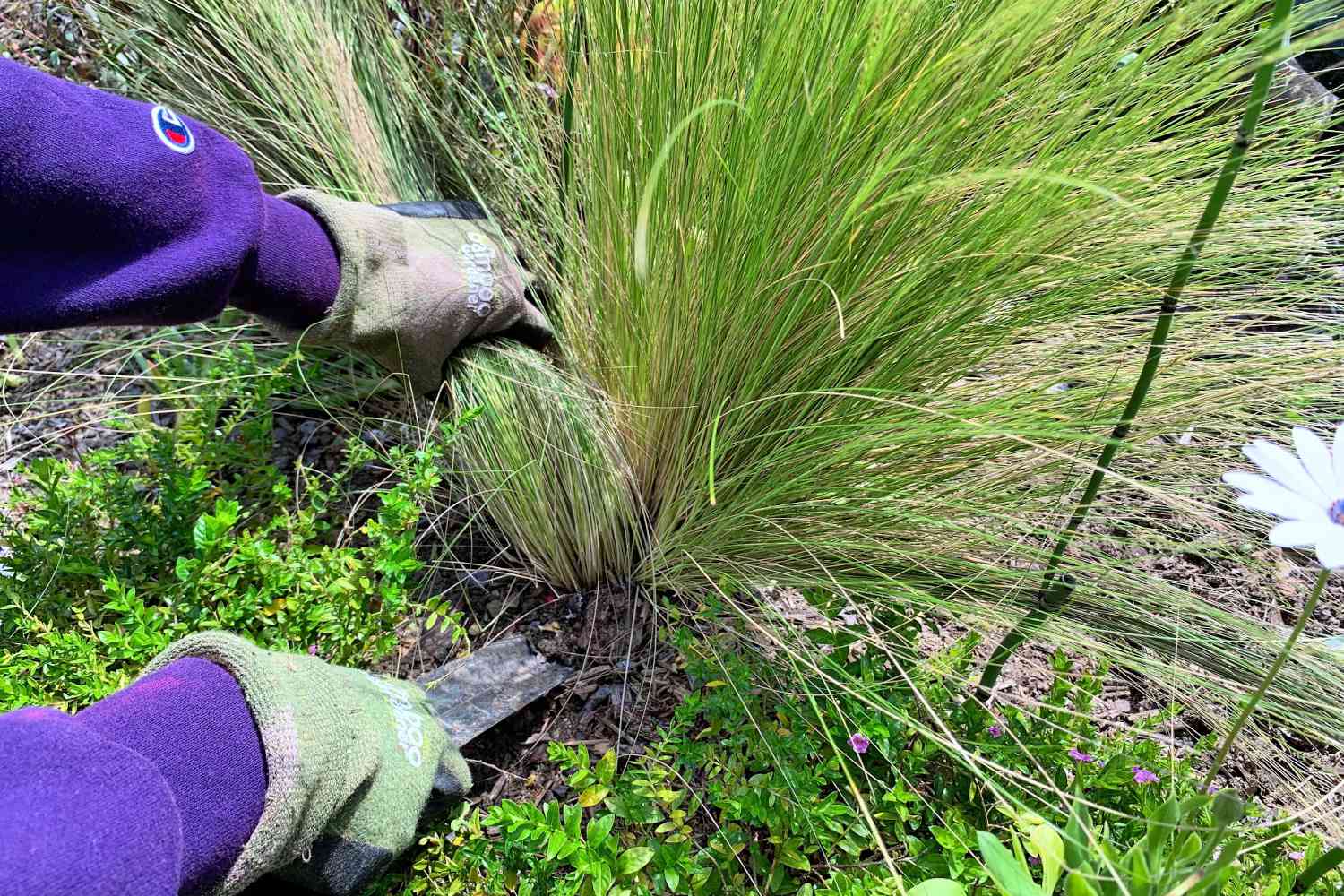
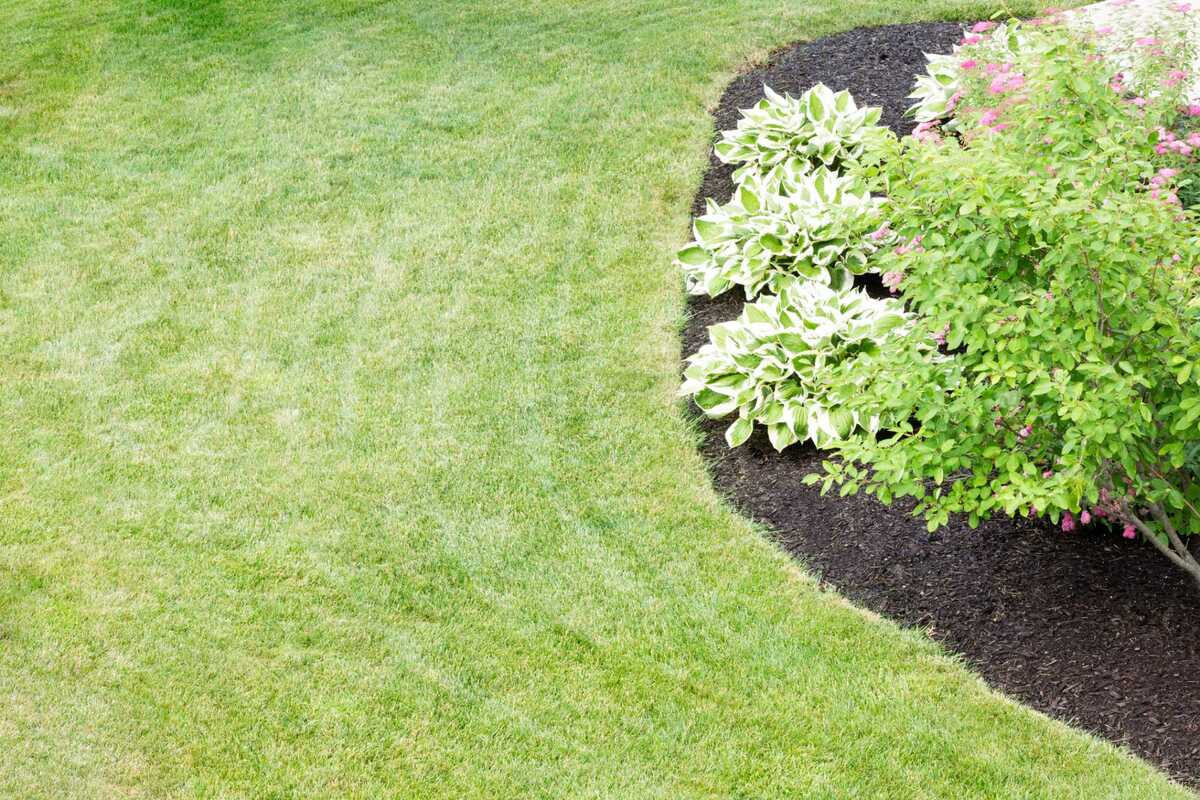
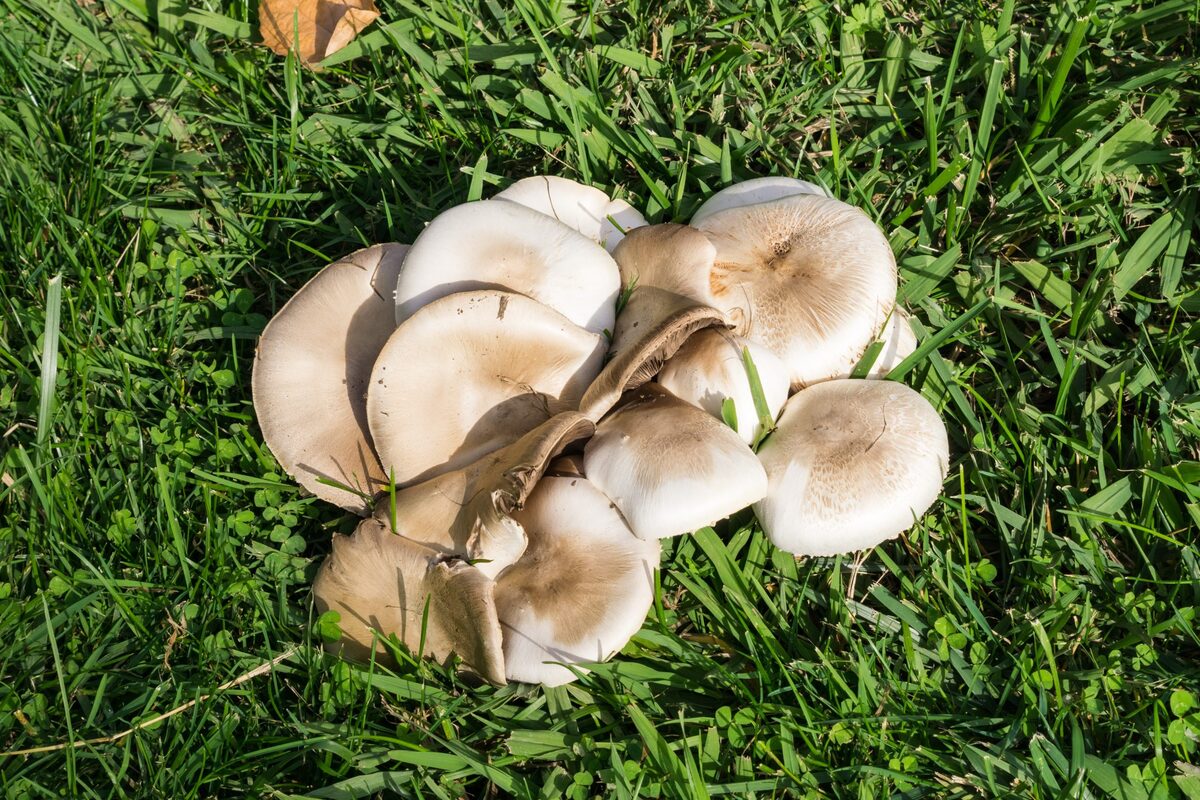
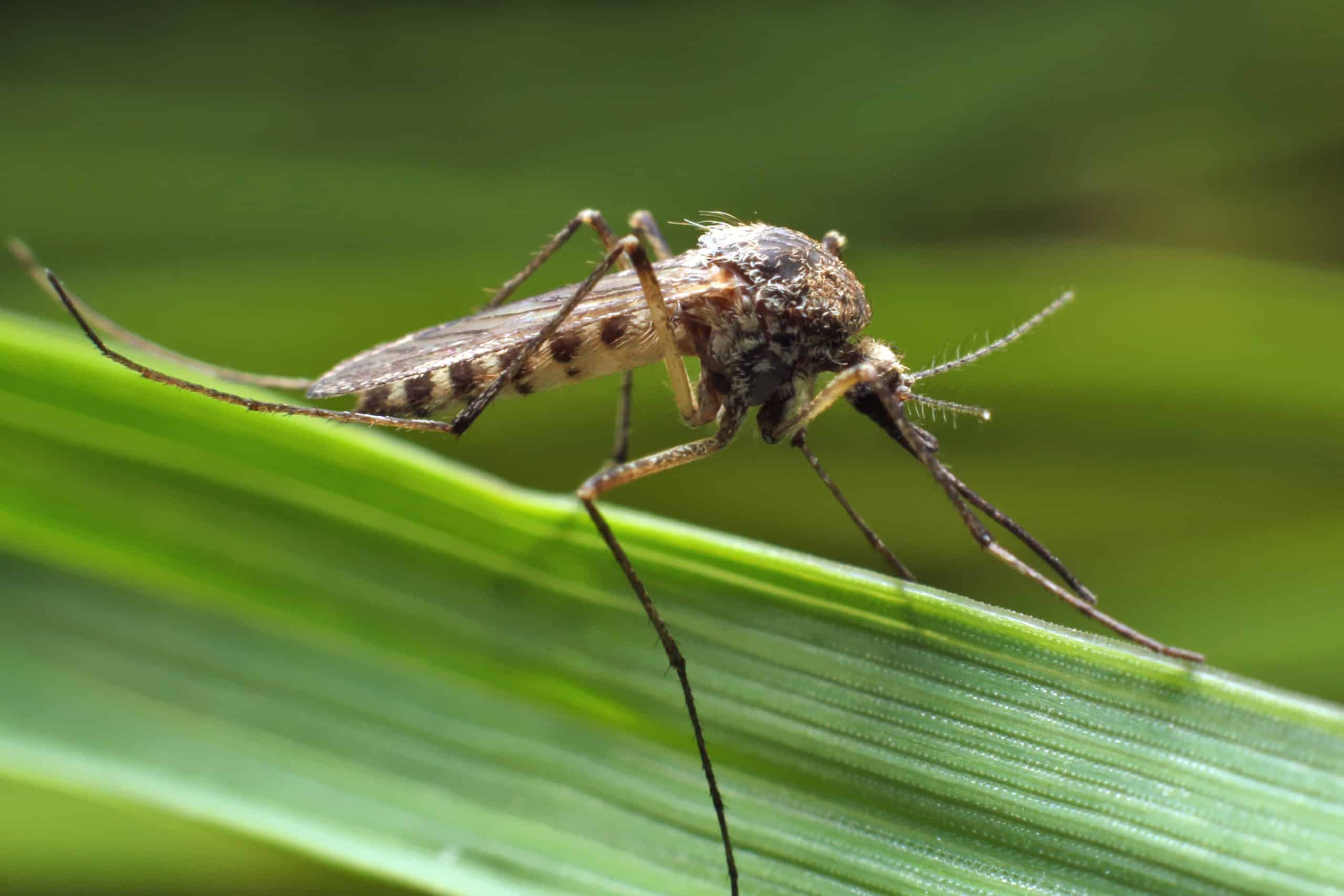
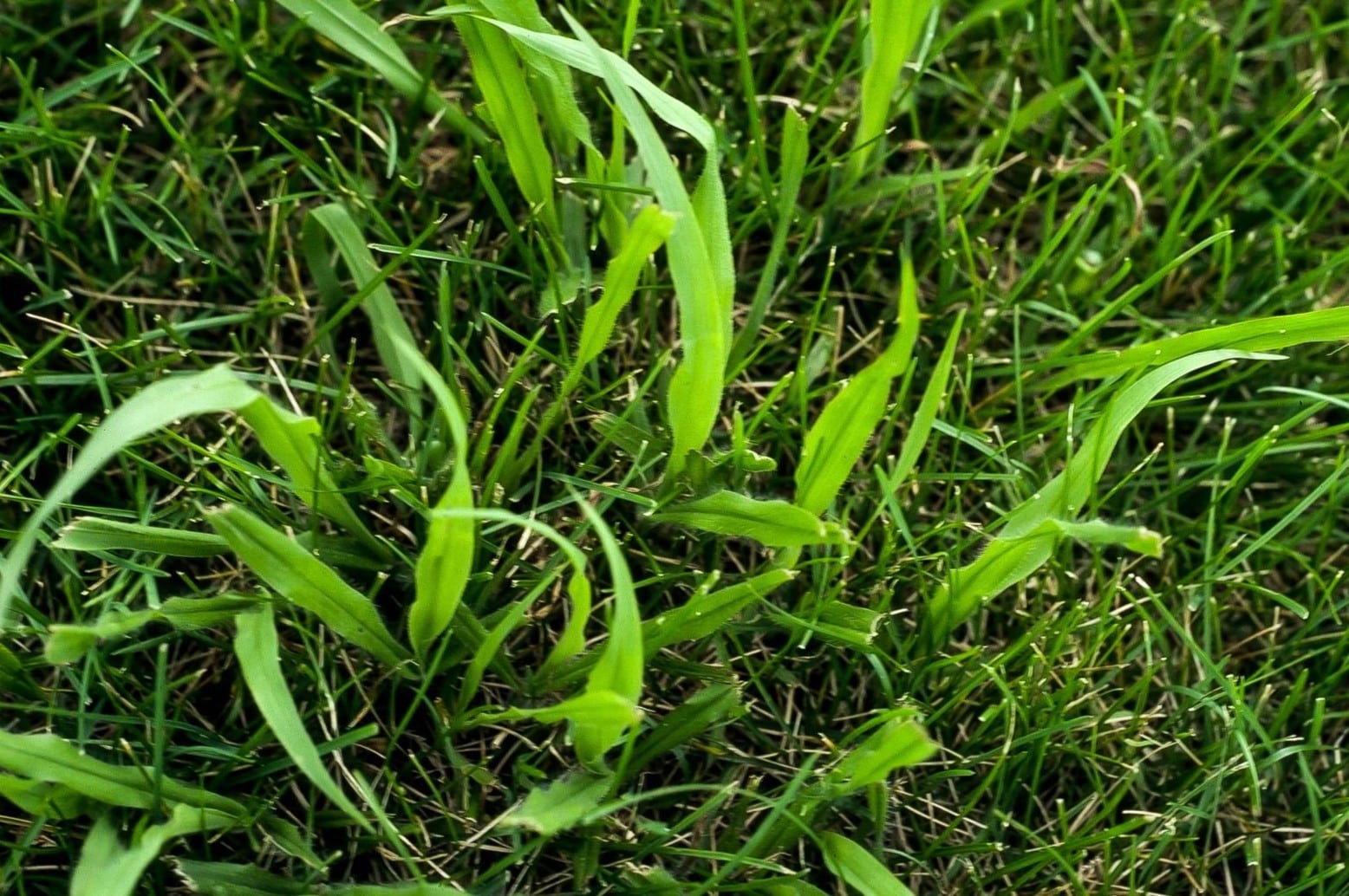
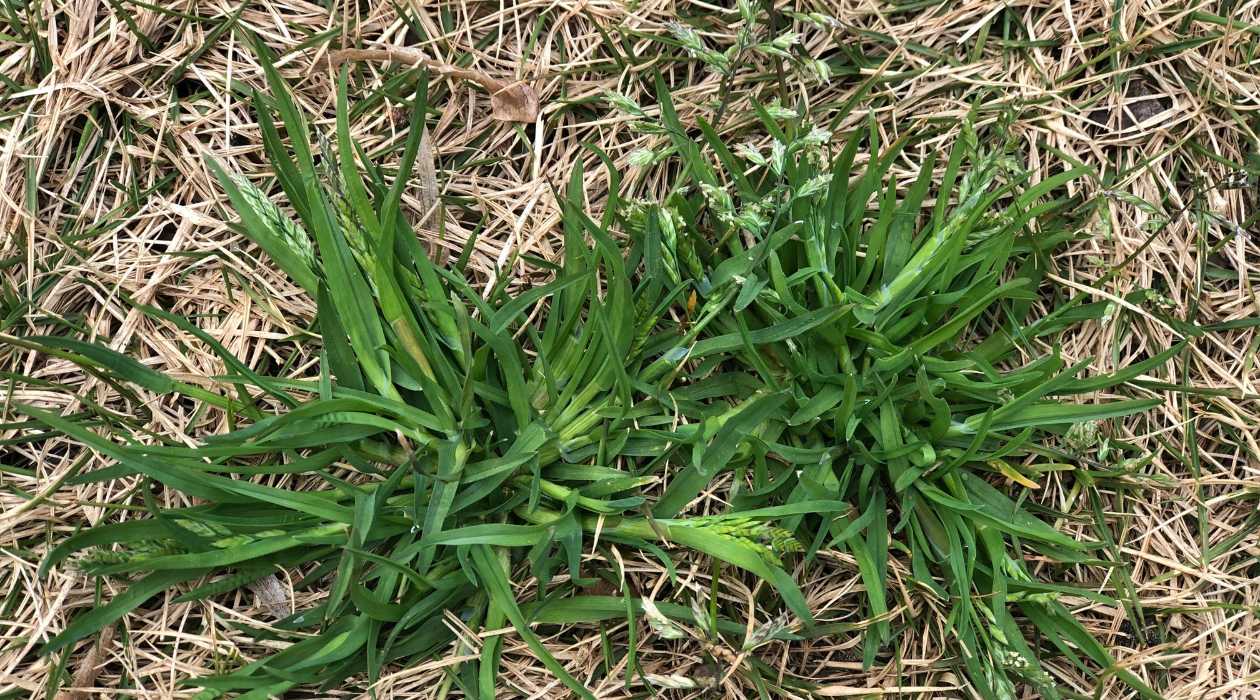
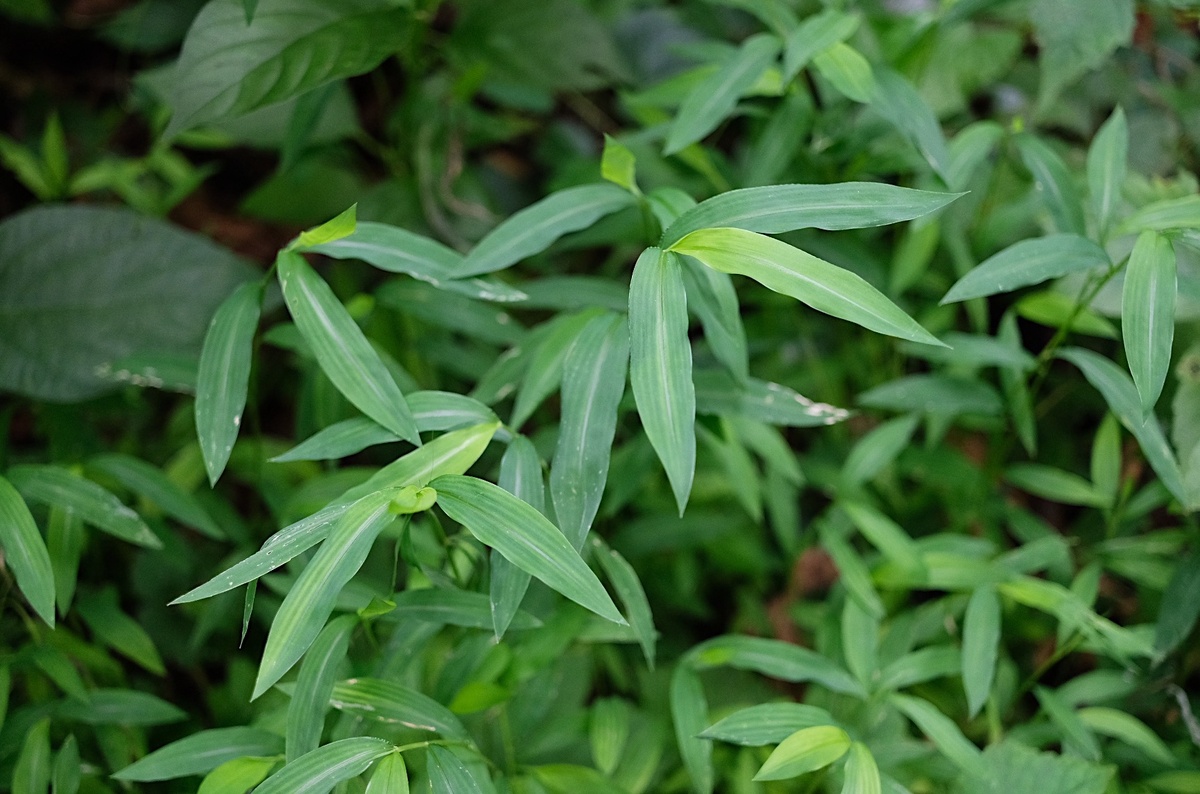
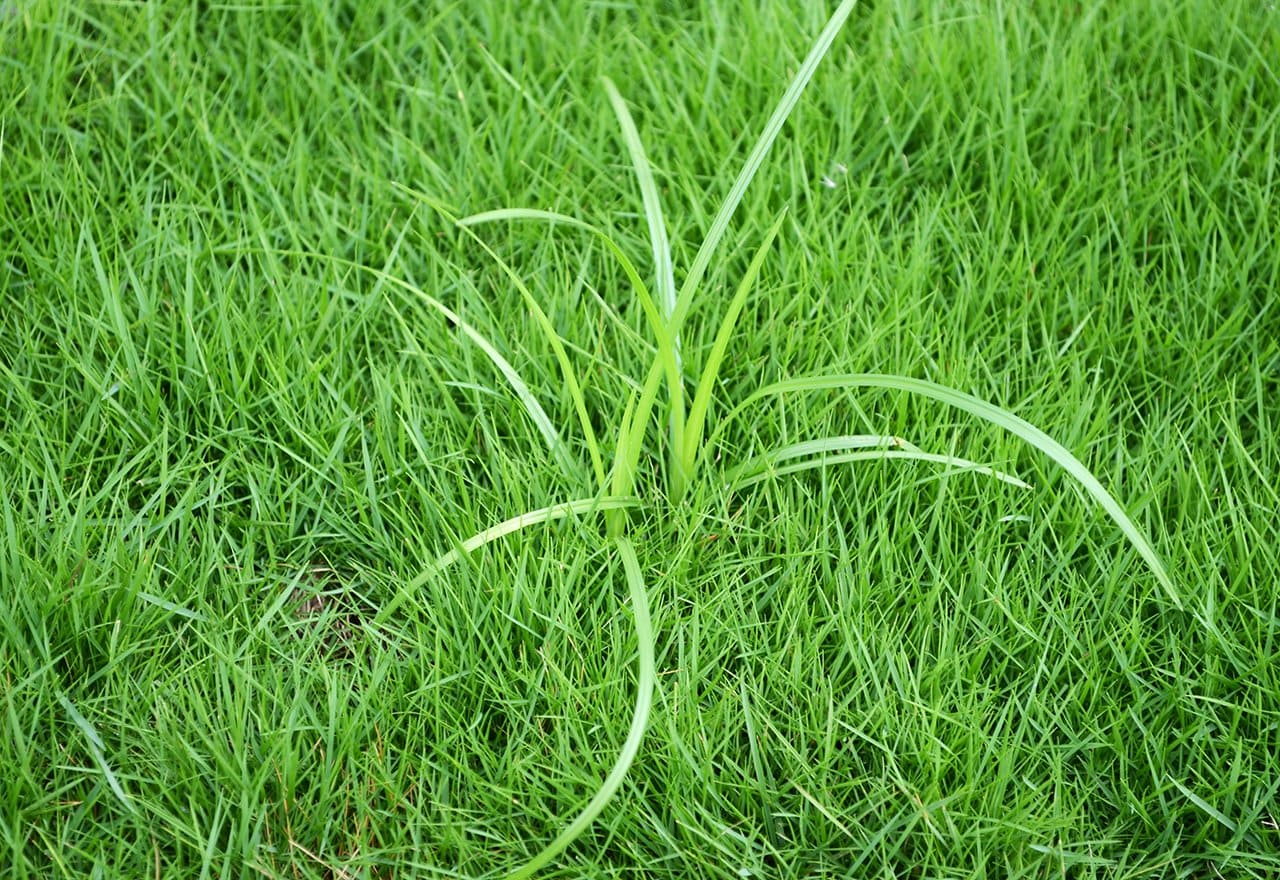
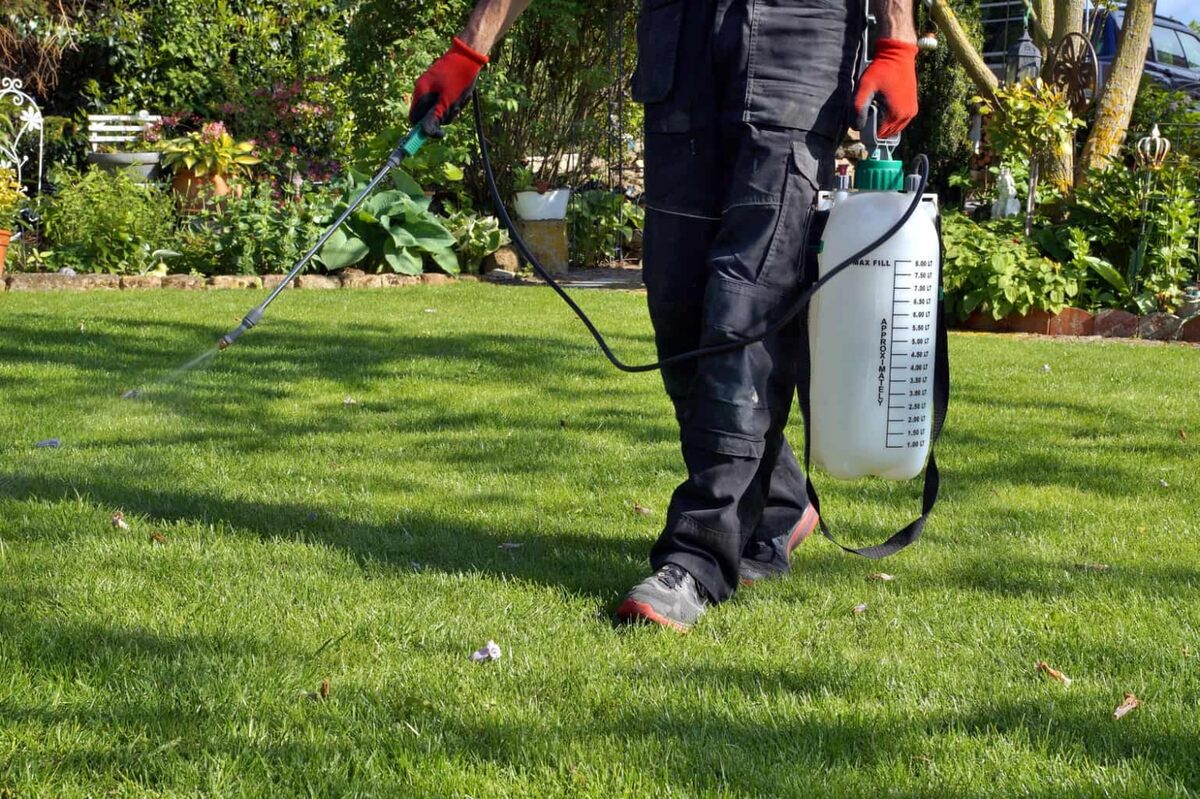
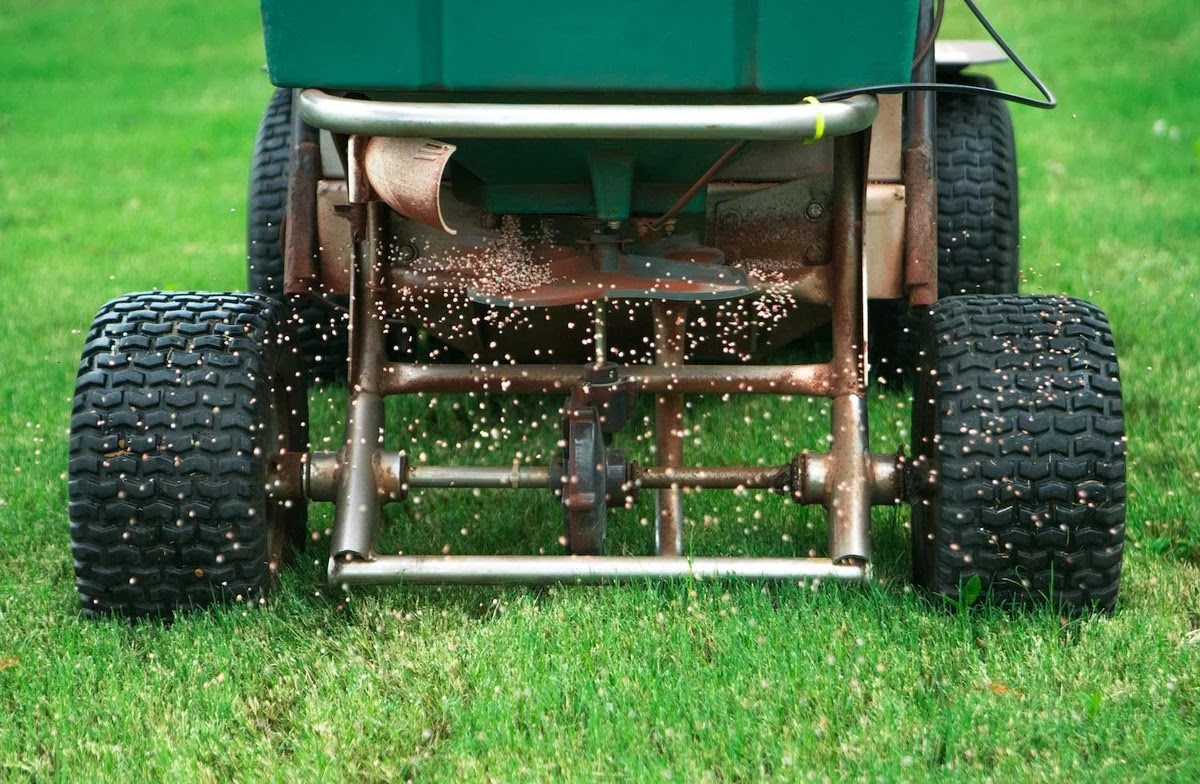

0 thoughts on “How To Kill Japanese Grass”